The Humans by Matt Haig
Reviewed by M
There’s really nothing like
being alien that gets you thinking about home and who you are.
The Humans is a compelling
and relatively light read that makes you smile more than anything else. Without
giving much away and while there is death and destruction, this is a feelgood
novel (at least, it was for me but depending on where your headspace is
currently situated, you might feel differently).
From the first page, this is
a funny book that you know is going to include a fair amount of wryly observed
human navel-gazing. My gut (rather than mathematical) instinct sees The
Humans as a tenderised cross between The Hitchhiker’s Guide to the Galaxy, a
David Lodge novel and Baz Luhrmann’s song Everybody’s Free to Wear Sunscreen. Little
M thought the premise sounded like the film, Meet Dave. If you like any of
those, you’ll probably enjoy The Humans.
The main niggle I have is
that I didn’t really connect with any of the characters – I’m not sure if this
is the point (emotion-free narrator) or if it’s linked to Haig’s style/the novel’s
voice. The other thing that might have affected this is that I read this novel
on an e-reader (I know, gasp! More about that below).
I’d highly recommend it. Suitable for any reader who can handle the f word and light sexual references.
These two
videos both say a lot about The Humans:
The Humans Book trailer featuring Advice For a Human:
About the e-reading:
I’ve never read anything on
an e-reader. I’ve read plenty of non-fiction onscreen, but never fiction. So
this was a first. Quite fitting that it was The Humans that smacked the
champagne over this virgin voyage! My experience of reading The Humans was not
too dissimilar from the Vonnadorian visitor’s experience on earth. I had to
relearn how to turn a page. Plenty of mishaps. And I lost my page. Had to flick
back to the beginning because my memory of the first event has been
mysteriously wiped. Only, this wasn’t paper so it didn’t flick. But, I finished
it and I even cried (slightly) once.
HUGE SPOILER & THOUGHTS
·
A flow of advice
for being human is dispensed throughout. I think live in the present because it’s
fleeting and essential was a strong
thread in the novel.· Rather than a number (prime or anything else) the alien narrator concludes that love is the basis of being human.
Publication details: 9 May
2013, Canongate, Edinburgh, hardback
This copy: digital proof
received from the publisher for review
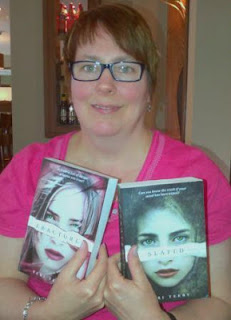
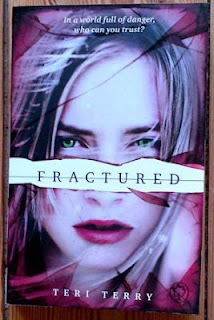



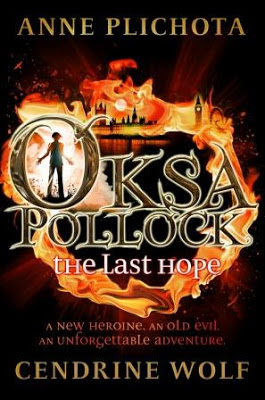

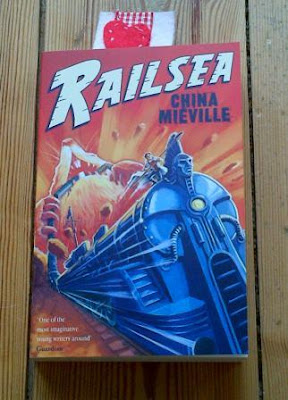

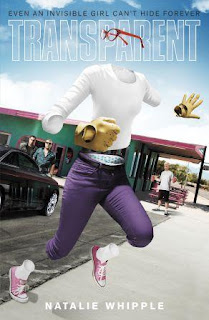

.jpg)







